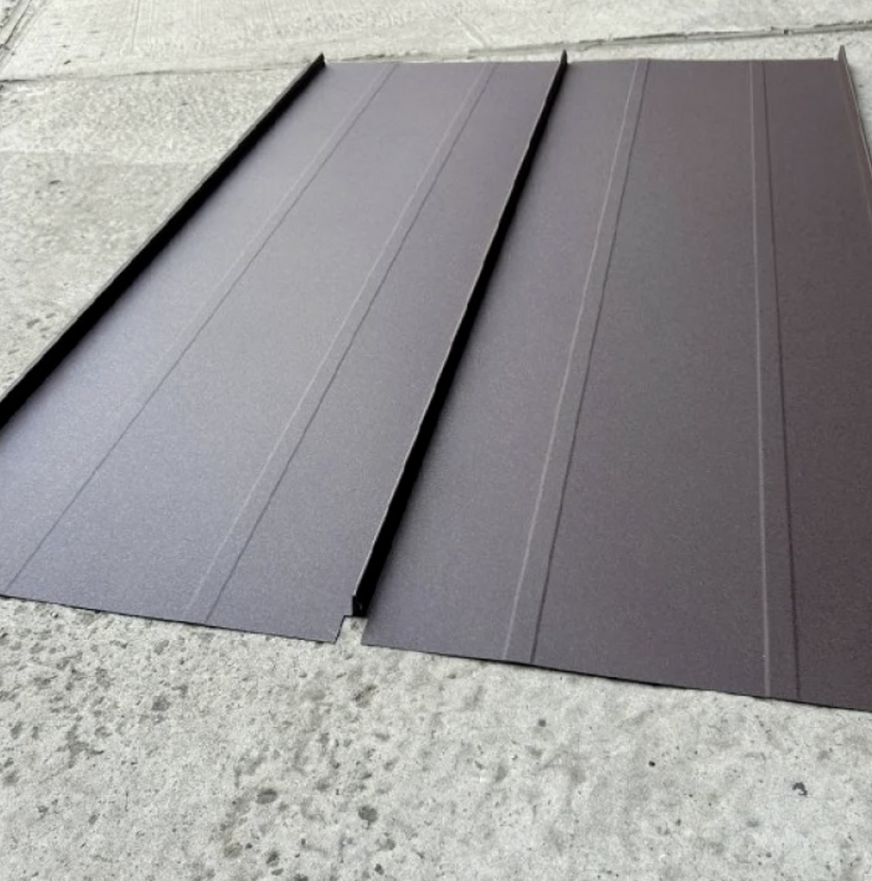
Posted on Monday, November 18, 2024
Snaplock standing seam panels are a type of metal roofing panel characterized by their interlocking design that snaps together without requiring mechanical seaming during installation. These panels are designed to create a sleek, continuous appearance with raised seams that provide excellent water-shedding capabilities. Snaplock panels are commonly used in residential, commercial, and industrial roofing applications due to their ease of installation and durable performance.
| Feature | Snaplock Panels | Mechanically Seamed Panels | Nail Strip Panels |
|---|---|---|---|
| Installation | Snap-together mechanism, no special tools | Requires mechanical seaming for secure fit | Simple but less secure fastening system |
| Weather Resistance | Excellent, with raised seams | Superior, especially for extreme conditions | Moderate, may loosen over time |
| Durability | Long-lasting with concealed fasteners | Highly durable, suitable for heavy-duty applications | Moderate, depends on installation quality |
| Cost | Mid-range | Higher due to labor and tools | Lower cost but less premium |
| Applications | Residential, commercial, industrial | Industrial and commercial | Residential, light commercial |
| Maintenance | Low | Very low | Moderate, prone to fastener wear |
Snaplock standing seam panels are a perfect choice for projects seeking a balance between ease of installation, durability, and aesthetic appeal. While they may not be as robust as mechanically seamed panels for extreme conditions, their versatility and cost-effectiveness make them a popular choice in many applications.
If you're considering standing seam panels for your next roofing project, Snaplock panels might be the ideal solution for achieving a sleek, modern, and weather-resistant roof with minimal hassle.

32/1000 Box Profile Roll Forming Machine – Complete Guide & Specifications
Posted on Sunday, November 16, 2025
High-performance 32/1000 box profile roll forming machine for roofing and cladding. Full specifications, profiles, applications, pricing

PBR / R-Panel Roll Forming Machine – Complete Guide & Specifications
Posted on Sunday, November 16, 2025
PBR / R-Panel roll forming machine for roofing and wall cladding. Full specs, profiles, applications, pricing, and global buying guide. Built to order.

Posted on Sunday, November 16, 2025
How to Diagnose and Fix the Hidden Electrical Problems That Cause Downtime
Copyright 2025 © Machine Matcher.